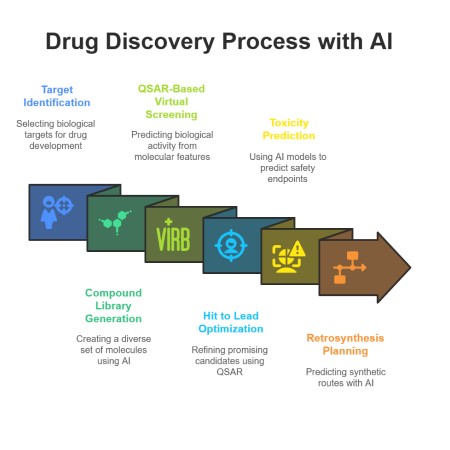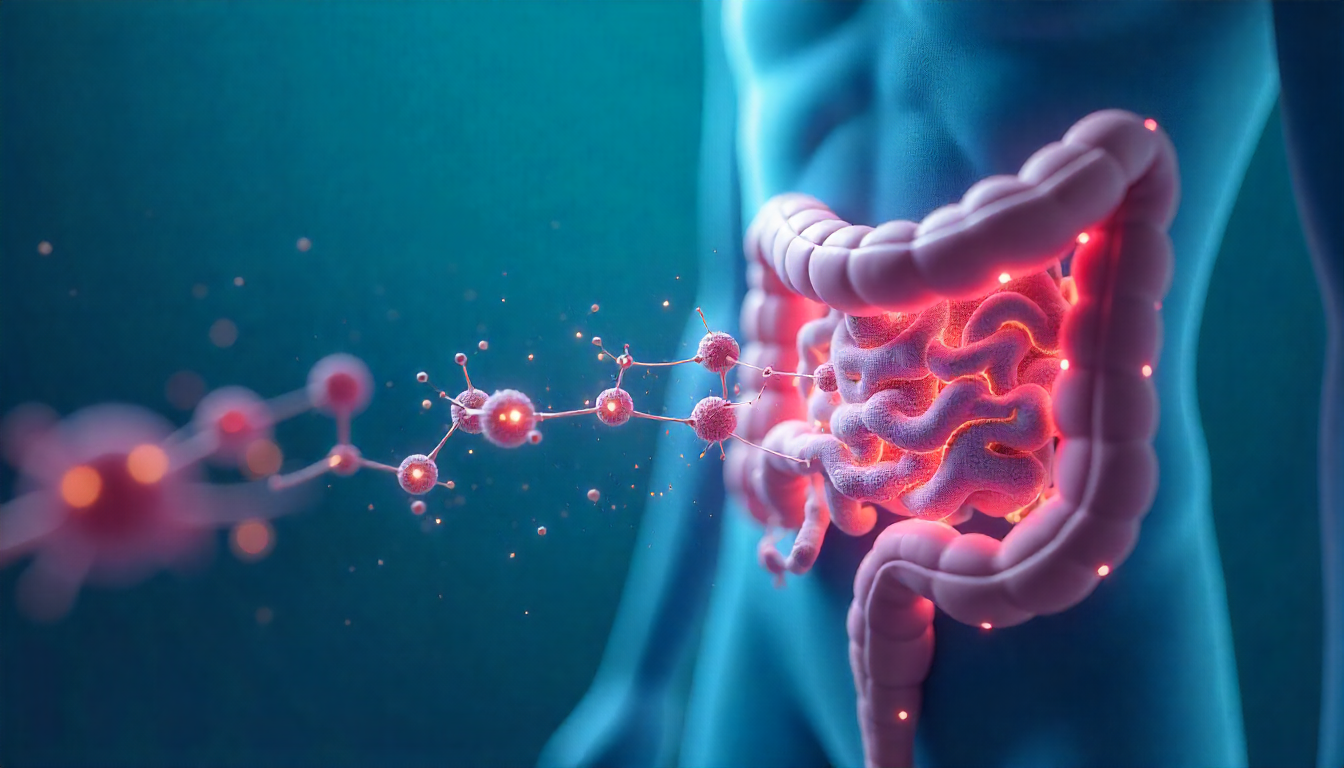
Quantitative Structure–Activity Relationship (QSAR) models have become indispensable tools in modern drug discovery, particularly during the early stages of development. By establishing mathematical relationships between chemical structures and biological activities, QSAR models enable researchers to predict the efficacy and safety profiles of potential drug candidates before synthesis and experimental testing. This predictive capability not only accelerates the drug development process but also reduces associated costs and resource utilization.
Role of QSAR in Early-Stage Drug Development
QSAR models can rapidly evaluate large libraries of compounds to identify those with the highest potential for desired biological activity, streamlining the hit identification process.
- Virtual Screening: QSAR models can rapidly evaluate large libraries of compounds to identify those with the highest potential for desired biological activity, streamlining the hit identification process.
- Lead Optimisation: By analysing structure-activity relationships, QSAR models assist in modifying chemical structures to enhance potency, selectivity, and pharmacokinetic properties.
- Toxicity Prediction: Early assessment of potential toxicity through QSAR modelling helps in eliminating compounds with unfavourable safety profiles, thereby reducing late-stage failures.
- Efficiency: Implementing QSAR models reduces the reliance on extensive laboratory experiments, leading to significant savings in both time and resources.
These applications underscore the importance of QSAR models in making informed decisions during the early stages of drug development, ultimately contributing to higher success rates in bringing new therapeutics to market.

Smag AI's Contribution to QSAR Integration
Smag AI offers advanced AI-driven solutions that complement and enhance QSAR modelling in drug discovery. Their platform provides a suite of tools designed to address various aspects of early-stage drug development:
- Data Generation: Utilising generative modelling techniques, Smag AI accelerates the creation of novel small molecules, facilitating the exploration of chemical space for potential drug candidates.
- QSAR Modelling: Smag AI's QSAR models leverage advanced algorithms to establish precise correlations between molecular features and biological activities. These models emphasise predictive performance, scalability, and interpretability, ensuring reliable insights for decision-making.
- Toxicity Prediction: Their toxicity prediction models cover a range of toxicological endpoints, including mutagenicity, carcinogenicity, nephrotoxicity, cardiotoxicity, and hepatotoxicity. By achieving higher true positive and negative rates, these models enhance the safety assessment of compounds.
- Retrosynthesis Planning: Smag AI's retrosynthesis tools predict efficient synthetic pathways for small organic molecules, aiding chemists in devising practical synthesis strategies.
By integrating these capabilities, Smag AI supports a comprehensive approach to early-stage drug development, aligning with the industry's move towards more predictive and efficient methodologies.
Challenges and Best Practices in QSAR Integration
While QSAR models offer significant advantages, their integration into drug discovery pipelines presents certain challenges:
- Data Quality: The reliability of QSAR predictions heavily depends on the quality and diversity of the input data. Ensuring accurate, well-curated datasets is crucial.
- Model Validation: Robust validation techniques are necessary to assess the predictive power of QSAR models and to avoid overfitting.
- Applicability Domain: Defining the chemical space within which the model's predictions are reliable helps in understanding the limitations and scope of the model.
- Interpretability: Balancing model complexity with interpretability ensures that the insights derived are actionable and understandable to researchers.
Adhering to best practices, such as continuous model updating with new data and integrating expert knowledge, can mitigate these challenges and enhance the utility of QSAR models in drug development.
Conclusion
The integration of QSAR models into early-stage drug development has transformed the landscape of pharmaceutical research. By enabling rapid, cost-effective, and accurate predictions of compound activity and safety, QSAR models facilitate more informed decision-making and streamline the drug discovery process. Platforms like Smag AI exemplify the synergy between advanced computational tools and traditional drug development methodologies, offering comprehensive solutions that address the multifaceted challenges of modern pharmaceutical research.
Frequently Asked Questions (FAQs)
- 1. SMAG: AI Drug Discovery, Molecular Simulation & Drug Design. (n.d.).
- 2. Large-scale comparison of QSAR and conformal prediction methods. Journal of Cheminformatics.
- 3. Integrating artificial intelligence in drug discovery and early drug development. PubMed Central.
- 4. QSAR-Based Virtual Screening: Advances and Applications in Drug Discovery. PubMed Central.











